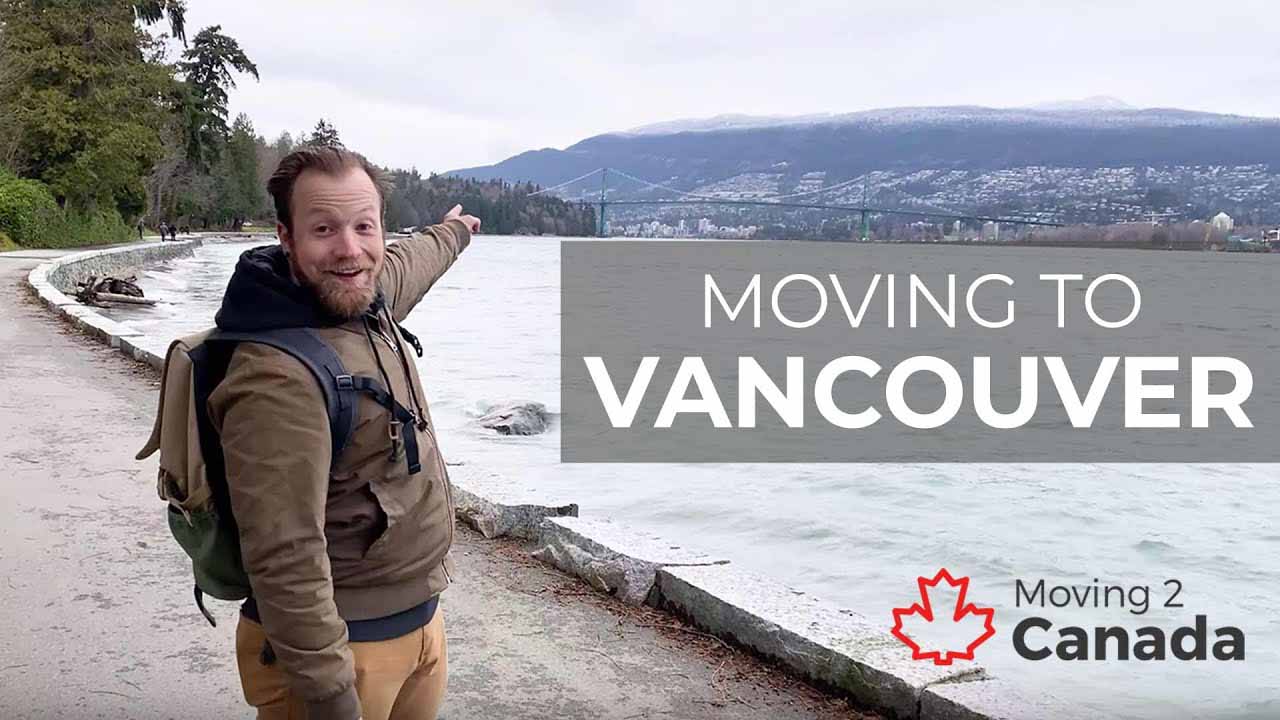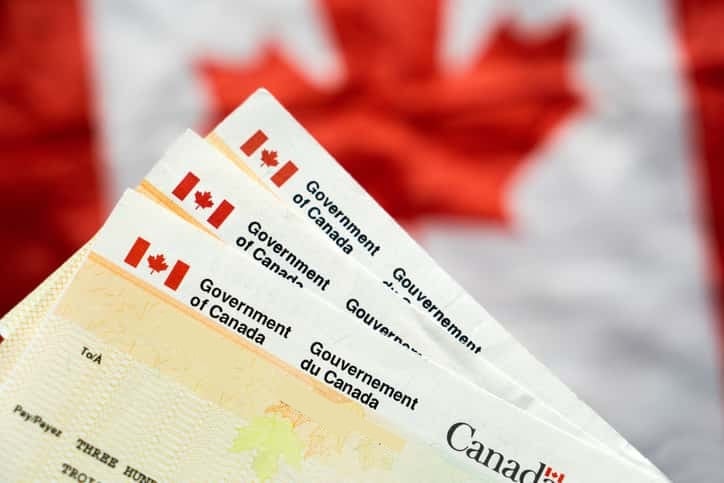Find the best immigration programs for you
Advertisement
The resume format in Canada is quite different from CVs and resumes you may be used to writing in other countries. By following our advice, you too can adapt to the Canadian way of presenting your experience and skills.
Start off with this webinar from recruitment expert and Moving2Canada founder, Ruairi Spillane, about how to create the best resume for the Canadian jobs market:
When you’re done reading through these tips, visit our Jobs Board and review our practical advice for finding jobs in Canada.
Advertisement
What’s different about the resume format in Canada?
Your resume is key to finding jobs in Canada. Employers will generally assess your suitability for roles based on this document alone.
Your sole objective in writing a resume is to pique the reader’s interest so that you get an interview. Shift the focus away from telling the employer everything about yourself. Instead, focus on things that will make them believe you can help their company.
Avoid simply listing your duties in each role. Instead, refer to achievements that other candidates wouldn’t be able to put on their resume. Differentiate yourself from the crowd.
The resume format in Canada must contain (in this order):
1. Contact information
2. Professional / career summary
3. Work experience
4. Education / professional development
Where appropriate, you may also add technical skills and volunteer experience / community involvement.

"I sent countless resumes, but never heard back!"
16 tips to adapt to the resume format in Canada
1. Your resume is a tool to secure an interview. It’s not intended to be a thorough work history document. When you write a resume for Canada, concentrate on presenting the reader with your highlights, not every detail. The interview is the time to go into detail.
2. Keep your resume interesting. Typically, hiring managers will only spend 10-30 seconds browsing your document. Use the resume format in Canada to sell yourself in a concise way that focuses on your achievements.
3. Use a professional resume template. Register for a Moving2Canada account to get a professional resume template for free.
4. Avoid long paragraphs and small fonts (less than size 10 is not a good idea). Use an easily readable font and make sure that only one font is used throughout. Ensure your resume format style is consistent.
5. Do not use the first person (e.g. “I am technical”, “I worked at XYZ”). Use short sentences (e.g. “Increased sales by 10%”).
6. The resume format in Canada means your document should typically be a maximum of two pages. If you do not have a lot of experience, then one page should suffice. If you have 10+ years of experience, then three pages may be acceptable.
7. Don’t waste valuable space. Only list experience relevant for the role to which you are applying.
8. Convert all terms to the Canadian equivalent. For example, use terms like “high school”, “GPA” (Grade Point Average — the equivalent for university grades), “internship”, etc.
9. Do not list personal interests or hobbies unless they are achievements that add to your character. Remember: a good resume sets you apart from other candidates. Mentioning that you like football, play piano, and enjoy the cinema is not likely to boost your chances of success.
10. Include skills such as being able to speak a second language or mastery of particular computer applications. Ensure you only include those that may be relevant to the job you’re applying for.
11. Avoid sending a generic resume to dozens of employers. Your time is better spent being selective and tailoring your resume for each specific job and company you’re applying to.
12. Use a nice resume format, and where possible, have it proofread by an expert in the field. Grammatical and spelling errors on a resume can harm your first impression.
13. Do not list that you are on a “gap year” or “one-year work permit”. Companies want to employ committed candidates who are going to contribute to their success. In an interview, you can discuss your immigration status if the employer requests more information. If you are in Canada on a temporary permit, research longer-term permanent residence options so you can discuss ways of potentially staying in Canada once your work permit expires.
14. Do not include the word ‘resume’ or ‘CV’ at the top of the page, or the date you prepared the document.
15. Do not sign your resume.
16. Do not list references, or include the line ‘references available on request’. It will be assumed that you have these ready, so don’t waste valuable space on your resume by stating this. Have references’ names and contact details ready to present when requested, and make sure they’re willing to speak positively on your behalf.
Preparing for the resume format in Canada
Here’s some useful advice to help you craft the contact, career summary, and work history sections of your resume.
Contact information:
- Do not list your date of birth, gender, marital status, religion, or parents’ names. It’s not required under the employment law in Canada, and is not a necessary part of the resume format in Canada.
- Where possible, ensure you have a Canadian address listed. More importantly, include a Canadian cell phone number.
- Ensure that you have an email address that looks professional. It should include a combination of your first name and last name, and avoid slang terms or nicknames. Avoid using email addresses with country-specific domains, like .co.uk, or .co.in. If necessary, set up a new email address for your job hunt.
- Add your LinkedIn profile URL. Create a custom LinkedIn profile URL so that it isn’t as ‘clunky’ as the one that LinkedIn designated for you. You want to make it as easy as possible for the employer to find your profile, particularly when viewing a printed version of your resume. Also, ensure it’s up to date and that your profile contains a strong summary. See this great guide on being successful with LinkedIn.
Advertisement
Professional / career summary
This is a micro resume that will allow the reader to understand your goals and how you can help their company.
Three or four short sentences will suffice to set the tone for the detail that follows. Outline what makes you different, whether it is personality, technical ability, managerial skills, team building, or some other talents.
Begin by stating your objective clearly. You should list the title of the role you want to target — if you’re responding to a job posting, this role will be the job you’re applying for. Being a “jack of all trades” is not a good thing for an employer. If you want to be a Project Manager, then call yourself a Project Manager. Don’t expect a company to identify what you should be.
If you would like to do two or three different things, then build two or three specific documents, and follow the resume format in Canada in each. Listing “Marketing / Admin / Finance Professional” is not attractive, so have a clear focus for the relevant job application.
- Mention how many years of relevant experience you have, what type of experience this is, and your future ambitions.
- Avoid generic comments (e.g. “honest and hardworking professional”). Instead, give the reader a true insight into your strengths and objectives (e.g. “able to continually identify cost savings and efficiencies, and routinely trusted to manage projects effectively, mentor junior colleagues, and solve problems”). These should be specific to you, and not things that anyone can write on their resume.
- Mention your career aspirations, whether this is professional designations, supervisory work, managerial work, or other work.
Work experience in Canada
Include details of relevant roles. Prospective employers will already be familiar with the duties and responsibilities of these roles, so there’s no need to list them.
Use three or four concise bullet points instead of long lists.
Think about key achievements in each previous role, then build each point by highlighting a specific problem you encountered, actions taken, and results accomplished. Every successful problem solved brings either an increase in revenue or decrease in costs. This is how managers think, so speak their language.
Problem/Situation >> Action taken >> Results/Achievement
Problem/Situation: Every action that you take in a job is for a reason. Who asked you to perform this task? What was the objective? What was the background behind the task or the problem you set out to solve? Identify what the problem or situation was that prompted the action.
Action taken: This is where you incorporate the duties that you took to resolve a problem or situation.
Results/Achievement: Some questions to think about: What would happen if you didn’t perform this task as well? What was the impact of doing the task well? Did you gain recognition for this work? Did it improve efficiency, increase sales, reduce costs, or all of the above? Where possible, try to quantify the result in terms of either a percentage or Canadian dollar value.
Here’s an example that would meet the resume format in Canada requirements:
Existing phone / communication system was outdated and causing frustration for the staff. Investigated affordable alternatives and project managed the installation of the new system. It increased productivity and efficiency, received widespread positive reaction from staff, and by allowing us to spend more time with customers, generated an estimated $20k in extra sales in six months.
Provide your potential employer with three or four short illustrations of your abilities that showcase what you have achieved in previous roles.
If you’re unsure whether a point you made is useful or not, keep asking yourself “so what?” and try to develop it using the above formula. Explore the impact of your actions and try to bring each point back to a business problem with quantifiable results. Think about the increase in revenues, decrease in costs, or customer satisfaction.
For occupations that are project-driven, outlining your projects in a clear manner is key. Do not make a long list of every project. Focus on outlining a few key projects that demonstrate your skills. Remember, you don’t need to tell them everything you have done — you can do this in the interview. Ensure that you highlight the project name, an outline of the project (e.g. if construction then mention commercial, industrial, residential, etc), project duration, the value of the project in Canadian dollar terms, as well as your role.
Other employment resources in Canada
For vacancies, visit our Moving2Canada Jobs Board. Now that you’ve mastered the resume format in Canada, here are some more resources to help you win interviews and find a job in Canada.
- Practical advice for finding jobs in Canada
- 57 interview questions you could be asked
- How to master networking in Canada
- How to create a targeted job application
Remember also not all recruitment is done through formal interview processes. Find out how to use an informational interview as a tool to develop your network.
Get planning for Canada! Did you know that Canada offers free pre-arrival services for approved immigrants who plan to arrive in the country within the next 12 months? You can get free employment mentorship and more through government-funded pre-arrival services. Find out about pre-arrival services provided by Canada InfoNet here:
Register for a Moving2Canada account to receive Canadian resume and cover letter templates. You’ll also receive our free Getting Started Guide, which gives exclusive access to our proven techniques for accelerating your job search in Canada.
Happy job hunting!

Stay up-to-date!
Related Content

The Most In-Demand jobs in Canada in 2024
Read more

H-1B Open Work Permit Applications in Canada: New Temporary Public Policy
Read more

Alternatives to the IEC Working Holiday to come to Canada in 2024
Read more

Canada speeding up accreditation for internationally educated health professionals
Read more










